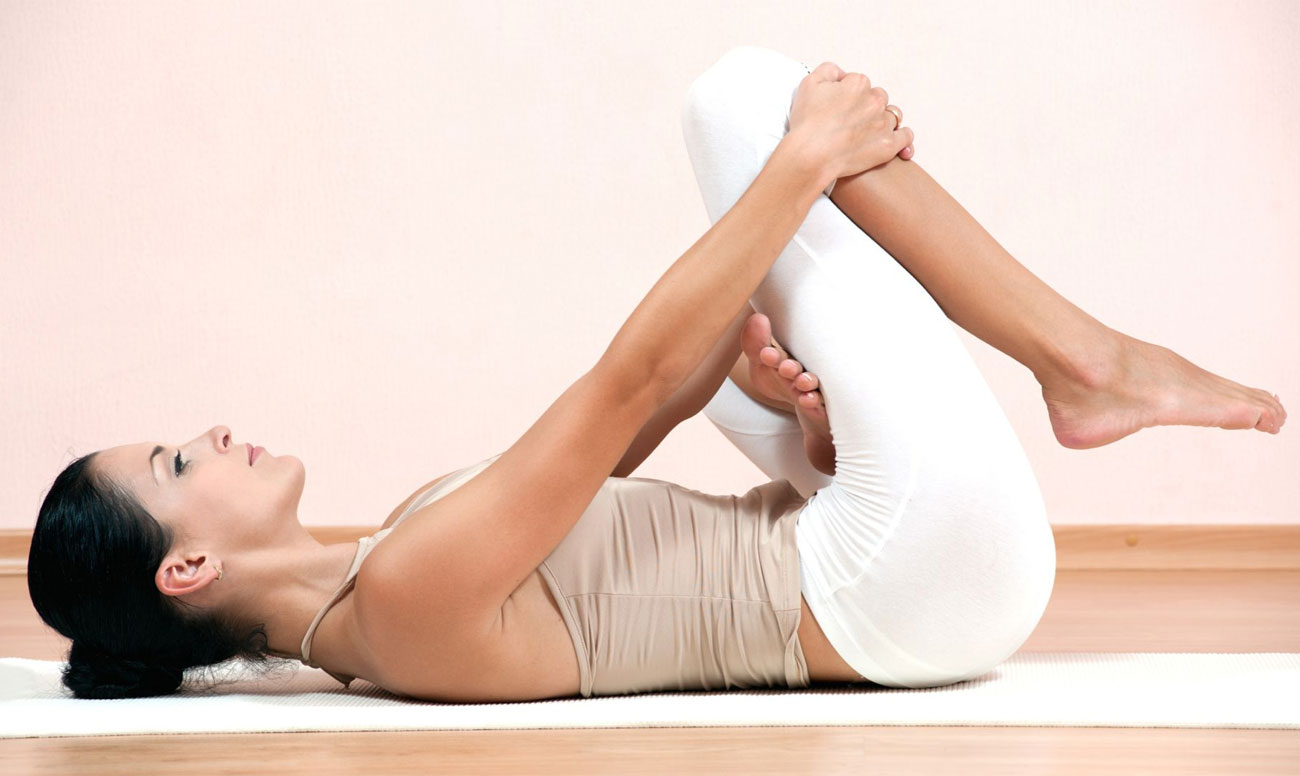
Yoga for fertility
Yoga is an ancient method of relaxation, exercise, and healing that has gained a wide following across the world. It rejuvenates the mind, body and soul. Yoga has been shown to ease anxiety and depression, lower blood pressure, improve joint pain and function, and relieve pain and many other mental and physical complaints. It may come as no surprise, then, that yoga may also serve to enhance sexual function.
According to some studies, regular yoga practise improves several aspects of sexual function in women, including desire, arousal, orgasm, and overall satisfaction. As the stress and anxiety levels increase be it for career, spouse, fertility issues etc, it is equally important that we improve our immune system and the overall physical and mental health with yoga.
The benefits of yoga
More and more people are discovering the benefits of practising yoga — from building strength to relieving stress. 40% of women with fertility-related issues have anxiety, stress or both. Yoga and mindfulness exercises like deep breathing helps in reducing the cortisol levels in our blood which is a marker for stress.
High levels of cortisol damages the fine balance between the hormones which control the brain, heart and reproductive system. Many fertility groups who conduct support group meetings to help anxious couples trying to conceive — have included yoga in their programme. Here’s how:
Better connect: Many forms of yoga refer to the root lock Mula Bandha which is the root of the spine, the pelvic floor, the perineum. Bringing awareness to these areas in a yoga class will help you be more in touch with them. In the challenging physical postures such as downward dog, chatarunga, supta konasana and plough pose, engaging Mula Bandha actually helps lift the pelvic floor muscles, which increases core strength, which then functions to support and protect the spine. Engaging Mula Bandha can help with balance in postures such as warrior 3 and crow pose.
Skin feels better: Yoga is a series of physical exercises and postures that are geared towards improving one’s flexibility, strength and balance. A regular practice helps to strengthen and tone your body, and all of these will make you feel better about yourself. Improved self-thoughts about your appearance will boost your body confidence and self-esteem. All of these will help you boost your personal life.
Helps reduce stress and anxiety: By transferring focus and attention to breathing and the body, yoga can help lower anxiety and release physical tension. Lower stress levels at the end of the day can lead to feeling better about being with your partner. The calming, toning practice can be a wonderful escape from the stressors of daily life.
Increases beta-endorphin: A release of the beta-endorphin hormone from the brain gives a sense of well-being, improves immunity and prevents infections, which in turn, increases reproductive health.
Better interaction: Regular yoga practice may improve the interaction between the brain and the reproductive system in both men and women. There are many positive and negative feedback systems in our reproductive endocrinology and even a subtle imbalance disrupts the whole system.
Better immunity: Yoga indirectly improves the reproductive health by improving immunity and thereby decreasing infections which can damage the vaginal, tubal and uterine bacterial flora thus preventing pregnancy.
Improves chances of ART: It increases the success rates of Assisted Reproductive Technologies like In-vitro Fertilisation and Intrauterine Insemination by reducing the stress levels, thereby improving ovulation and sperm production.
Reduces stress: Women with high levels of stress biomarkers like cortisol have less chances of conceiving during ovulation and also an increased risk of miscarriage. Yoga helps reduce stress to a great extent.
Better odds of conception: Breathing, meditation, asanas can reduce pain levels in people suffering from painful periods and pain during sexual intercourse, thus, in turn, increasing the odds of conception. Beginners should focus on breathing and poses which are comfortable. Above all it is safe. The key is to start slow.
During pregnancy
Yoga helps in dealing with morning sickness and mood swings, ensuring smoother and easier delivery, and faster recovery after childbirth.
So, if you want to make your pregnancy and childbirth a peaceful and easy journey, you must go for a prenatal yoga class during and after your pregnancy.
Look for a prenatal yoga programme where you are comfortable with
the activities, style, and the yoga class environment.
Always remember doing Lamaze which is a simple breathing yoga technique as it always encourages you to be active throughout your pregnancy and increases your sense of well-being.
All the exercises should be started pre-pregnancy so as to have the best result during pregnancy.
Do not start exercise for the first time in the first trimester except the breathing exercises under the supervision and consultation of your gynaecologist/ fertility expert.
(The author is an OB/GYN,
fertility specialist)








